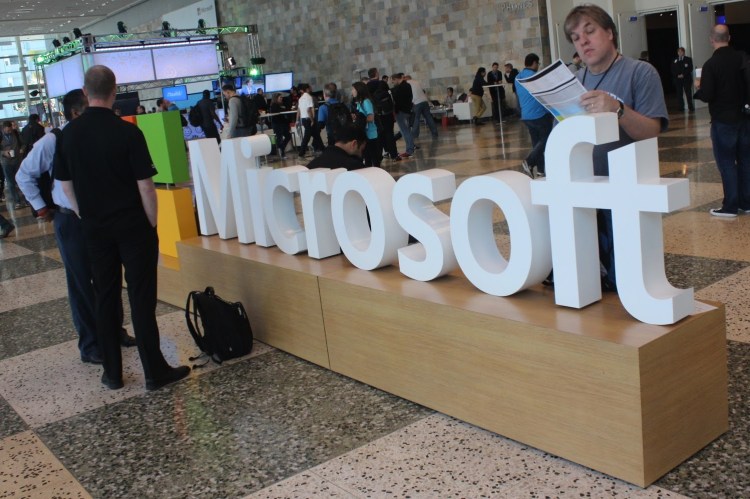Microsoft has announced that it’s bringing its research and engineering smarts closer together with the formation of the Microsoft AI and Research Group, which will combine Microsoft’s existing research organization with more than 5,000 engineers and computer scientists currently working on artificial intelligence (A.I.) at the company.
The group will consist of A.I. product engineering, basic and applied research labs, and New Experiences and Technologies (NExT). It will be headed up by veteran computer scientist and current executive vice president for technology and research at Microsoft, Harry Shum.
“Today’s move signifies Microsoft’s commitment to deploying intelligent technology and democratizing A.I. in a way that changes our lives and the world around us for the better,” said Shum, in a press release. “We will significantly expand our efforts to empower people and organizations to achieve more with our tools, our software and services, and our powerful, global-scale cloud computing capabilities.”

Above: Harry Shum
For the uninitiated, Shum has served at Microsoft Research since 1996 and is known for his work on computer vision technology and graphics. He will be joined by other engineering heads and teams from across the company, including David Ku, Derrick Connell, and Vijay Mital, who currently lead the Information Platform, Cortana and Bing, and Ambient Computing and Robotics teams.
Four-pronged approach
Microsoft says that it’s adopting a “four-pronged approach” to achieving its mission of “democratizing” A.I. This encapsulates agents (such as Cortana), which serve as the human-like interface between people and computers; applications, which Microsoft says will be “infused” with intelligence across the board; services, which will see Microsoft open its A.I. tech to third parties; and infrastructure, which is the underling enabler that powers the whole shebang — or “the world’s most powerful A.I. supercomputer,” as Microsoft puts it.
Today’s news represents the latest step in the computing giant’s push to boost its A.I. credentials. Just yesterday, Microsoft joined Amazon, Google, Facebook, and IBM to form a nonprofit A.I. partnership designed to look at ways A.I. can benefit society. And through investments, acquisitions, and a range of in-house initiatives, Microsoft is keen to stay abreast of the efforts of its competitors, which include Google, Facebook, and countless others.
“We live in a time when digital technology is transforming our lives, businesses, and the world, but also generating an exponential growth in data and information,” added Satya Nadella, Microsoft CEO. “At Microsoft, we are focused on empowering both people and organizations, by democratizing access to intelligence to help solve our most pressing challenges. To do this, we are infusing A.I. into everything we deliver across our computing platforms and experiences.”
Though Microsoft and its research arm have been working on A.I. for a long time, there has been a marked surge in artificial intelligence in recent years, giving rise to chatbots, self-driving cars, mobile keyboards that predict what you’d like to type next and, well, everything in between. Microsoft’s move to merge research with A.I. engineering is indicative of where we currently are with machine learning technology.
VentureBeat's mission is to be a digital town square for technical decision-makers to gain knowledge about transformative enterprise technology and transact. Learn More

